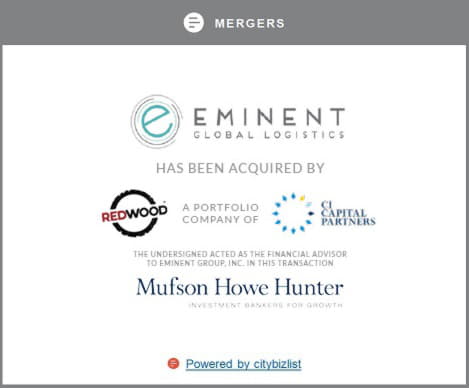With the growing number of cord-cutters and cord-nevers, Comcast (NASDAQ:CMCS.A) has had to change its video strategy over the years. And while the cable TV business used to be the centerpiece of its operations, that's drastically shifted to its broadband internet business. At this point, Comcast has gotten to a state of indifference whether a customer takes its premium X1 pay-TV product or its free bundled Flex streaming device. And that's a relatively strong position for Comcast in the industry.
Why the CEO doesn't care
At the Goldman Sachs Communacopia conference this month, Comcast CEO Brian Roberts was asked how he thinks about the video business. "We would like to get to a place where we're indifferent ... frankly we're there," he said, referring to customers choosing between traditional video service and its Flex streaming device.

THE XFINITY FLEX. IMAGE SOURCE: COMCAST.
Roberts says 2 million households have taken the Flex device, which is offered free with Comcast's broadband service. One million of those households use the device on a regular basis.
That's still a tiny user base compared to connected TV giants like Amazon and Roku, which each count about 40 million active users. But when compared to the number of customers that have dropped Comcast's video service over the last three quarters -- 948,000 -- it's showing a strong ability to offset those subscriber losses.
As part of the business strategy, Flex is able to accomplish the same thing as Comcast's full pay-TV bundle. It attracts households to Comcast's services, and it keeps them subscribed longer. The challenge to overcome with offering Flex for free versus bringing in subscription revenue from pay-TV customers is the profit side of the equation. But Roberts says it's practically there.
"You get to that point of financial indifference, then you're seeing the EBITDA margins go in the right direction and continue to increase," he said. "And our EBITDA growth, even more important, continue[s] to have a continuous ability to grow each year. So it's a strong, sustainable model and hopefully years and years ahead."
What's pushing Flex to reach financial equilibrium with X1?
There are a few factors that make Flex increasingly valuable in comparison to Comcast's pay-TV service.
On the pay-TV side are the increasing costs of content. Media companies build in carriage fee increases every year for their contracts with distributors. Meanwhile, Comcast isn't raising prices on its bundles at the same rate, despite instituting a price increase late last year. Programming as a percentage of video revenue increased about 1 percentage point from 2018 to 2019. As a result, it's getting its gross margin pinched.
On the Flex side, Comcast is able to establish distribution agreements with media companies for their streaming services similar to Amazon and Roku. And while it might not have the same pricing power as the two giants, it's able to take a piece of the streaming economics to offset the cost of the hardware.
The recent introduction of Peacock, which now comes preloaded on Flex devices, has improved the economics for Comcast. Roberts says Peacock is the second-most-popular app on Flex, and it has 15 million sign-ups. The high engagement on Flex can further improve the margins on the customer relationship. It's worth noting Peacock currently isn't available on Roku or Amazon as the companies can't agree on a revenue share arrangement.
What it means going forward
As Comcast increases its penetration rate with Flex and improves its monetization of the platform, it'll practically force its hand to raise prices for its premium pay-TV service. As it sees margin improvements for Flex, it'll need to produce similar improvements in absolute EBITDA per customer for its pay-TV service. Granted, the two services may produce different subscriber retention profiles, so customer lifetime value is also a key consideration. Still, the overall trend should be more frequent and bigger price increases for Comcast's pay-TV service.
When Comcast raises its prices, it should see an increase in cord-cutting. And while that's a risk of losing a customer relationship entirely, the company has so far managed to keep growing its broadband subscribers and Flex users in order to offset those defectors.
Investors shouldn't be alarmed if cord-cutting accelerates, but they'll want to pay attention to Flex attach rates for broadband customers and EBITDA.
Where to invest $1,000 right now
When investing geniuses David and Tom Gardner have a stock tip, it can pay to listen. After all, the newsletter they have run for over a decade, Motley Fool Stock Advisor, has tripled the market.*
David and Tom just revealed what they believe are the ten best stocks for investors to buy right now… and Comcast Corporation wasn't one of them! That's right -- they think these 10 stocks are even better buys.









